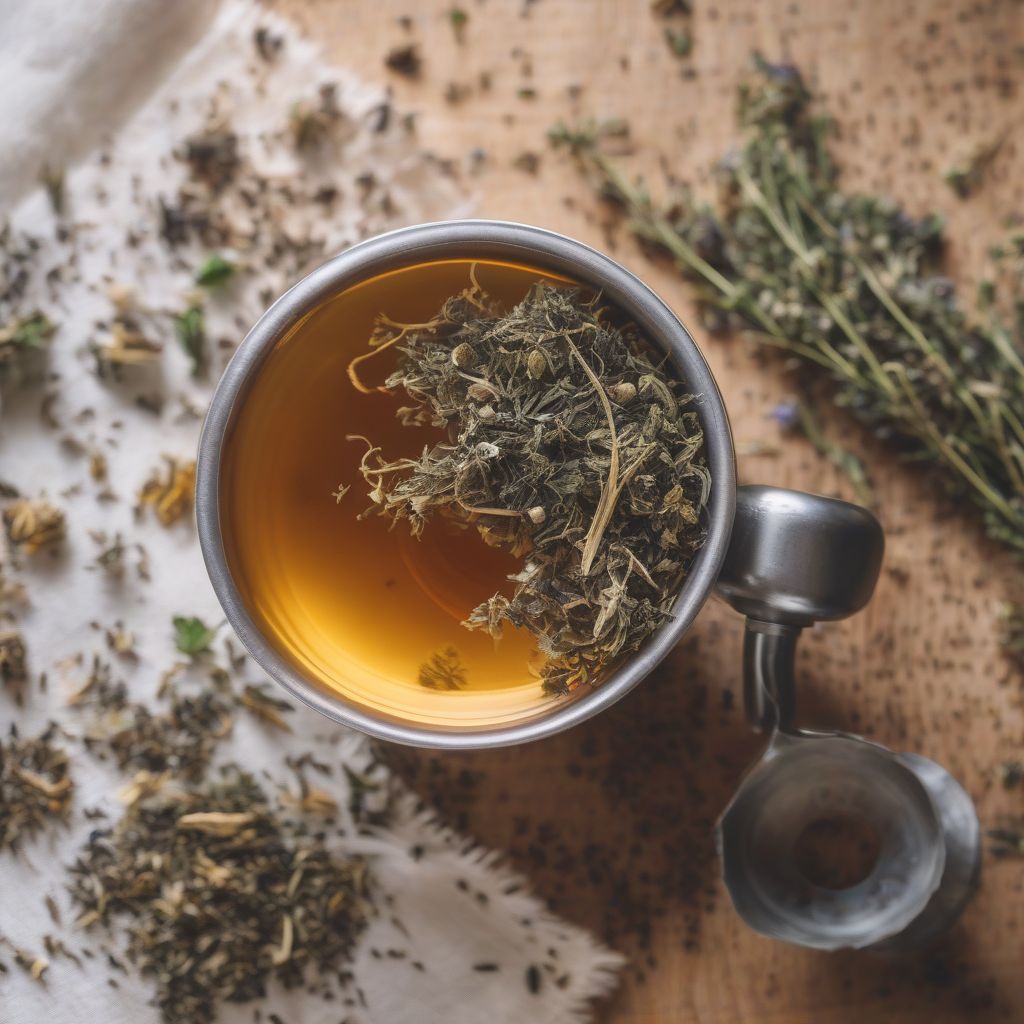We all crave that feeling of balance in our lives – that sense of harmony between our physical, mental, and emotional well-being. While the path to wellness looks different for everyone, incorporating herbs can be a powerful way to enhance your journey. As a nutritionist and meal-prep coach, I’ve seen firsthand the incredible impact herbs can have. Let’s explore how to create a balanced wellness routine that harnesses the power of nature’s healers.
Understanding the Power of Herbs
Herbs have been used for centuries in traditional medicine systems around the world. From boosting energy levels to calming anxiety, herbs offer a natural approach to supporting your well-being. They can be enjoyed in various ways, such as:
- Infusions (Teas): Steeping herbs in hot water to extract their beneficial compounds.
- Tinctures: Concentrated herbal extracts preserved in alcohol or glycerin.
- Capsules: Dried and powdered herbs for convenient consumption.
- Essential Oils: Aromatic compounds extracted from plants, often used in aromatherapy.
Building Your Herbal Wellness Routine
Creating a personalized herbal wellness routine is about understanding your unique needs and finding herbs that resonate with you. Here’s a step-by-step guide to get you started:
1. Identify Your Wellness Goals
What areas of your well-being do you want to focus on? Are you looking to:
- Boost your energy?
- Improve your sleep?
- Reduce stress and anxiety?
- Support digestion?
- Enhance your mood?
2. Research Herbs Aligned with Your Goals
Once you know your goals, research herbs traditionally used to address them. Here are some examples:
- Energy Boosters: Ashwagandha, Rhodiola, Ginseng
- Sleep Support: Chamomile, Lavender, Valerian Root
- Stress Reduction: Holy Basil, Lemon Balm, Passionflower
- Digestive Support: Ginger, Peppermint, Fennel
- Mood Enhancers: St. John’s Wort, Lemon Balm, Rhodiola
Pro Tip: Start with one or two herbs at a time to observe their effects on your body.
 Herbal Tea Infusion
Herbal Tea Infusion
3. Choose Your Preferred Consumption Method
Experiment with different ways to enjoy herbs and find what suits your lifestyle best. Teas are a gentle and enjoyable option, while tinctures offer more concentrated doses.
4. Start Slowly and Listen to Your Body
Begin with a low dosage of any new herb and gradually increase as needed. Pay close attention to how your body responds and adjust your routine accordingly.
5. Create a Sustainable Routine
Consistency is key! Integrate your herbal rituals into your daily life in a way that feels manageable and enjoyable. For example, you could:
- Enjoy a calming cup of chamomile tea before bed.
- Add adaptogenic herbs like ashwagandha to your morning smoothie.
- Diffuse uplifting essential oils like citrus or peppermint in your workspace.
Herbs for a Balanced Wellness Routine: Examples
Here are some specific examples of how you can incorporate herbs into your daily routine:
For Morning Energy and Focus:
- Start your day with a cup of green tea infused with a teaspoon of dried ginseng. Ginseng is known for its energizing properties and can help improve mental clarity.
- Add a teaspoon of ashwagandha powder to your morning smoothie or oatmeal. Ashwagandha is an adaptogen that helps the body cope with stress and promotes energy balance.
For Stress Reduction and Relaxation:
- Enjoy a cup of chamomile tea with a teaspoon of lemon balm before bed. Both herbs have calming properties that can promote relaxation and improve sleep quality.
- Add a few drops of lavender essential oil to your bathwater or pillowcase. Lavender is renowned for its soothing aroma and ability to ease tension.
For Digestive Support:
- Sip on ginger tea after meals to aid digestion and reduce bloating. Ginger is a natural anti-inflammatory that can soothe the digestive tract.
- Chew on fennel seeds after meals to freshen breath and stimulate digestion. Fennel is known for its carminative properties, meaning it helps relieve gas and bloating.
Important Note: If you have any underlying health conditions or are taking medications, consult with your healthcare provider before incorporating new herbs into your routine, as they may interact with certain medications.
The Holistic Approach to Wellness
Remember, a truly balanced wellness routine goes beyond just incorporating herbs. It’s about nourishing your mind, body, and spirit through various practices, such as:
- Mindful Movement: Engage in activities you enjoy, whether it’s yoga, hiking, or dancing.
- Nourishing Diet: Focus on whole, unprocessed foods that provide your body with essential nutrients.
- Stress Management: Explore techniques like meditation, deep breathing exercises, or journaling to manage stress levels.
- Quality Sleep: Prioritize getting 7-9 hours of quality sleep each night to allow your body to rest and repair.
- Social Connection: Make time for meaningful connections with loved ones.
Embrace the Journey
Building a balanced wellness routine is an ongoing process. It’s about listening to your body, experimenting with what works best for you, and making gradual, sustainable changes over time. As you explore the world of herbs and incorporate them into your life, remember to approach the journey with curiosity, patience, and self-compassion.
This information is for educational purposes only and should not be considered medical advice. Always consult with a qualified healthcare professional before making any significant changes to your diet or lifestyle.
Ready to enhance your wellness journey with the power of herbs? Explore our other articles to discover more about specific herbs, their benefits, and how to incorporate them into your daily routine:
- How to Support Mental and Emotional Well-being with Herbs
- The Impact of Herbs on Mental Health and Mood
- How to Make Herbal Vinegars and Oxymels
Let’s embrace the wisdom of nature and create a more balanced and vibrant life together!
[amazon bestseller=”herbal tea”]
